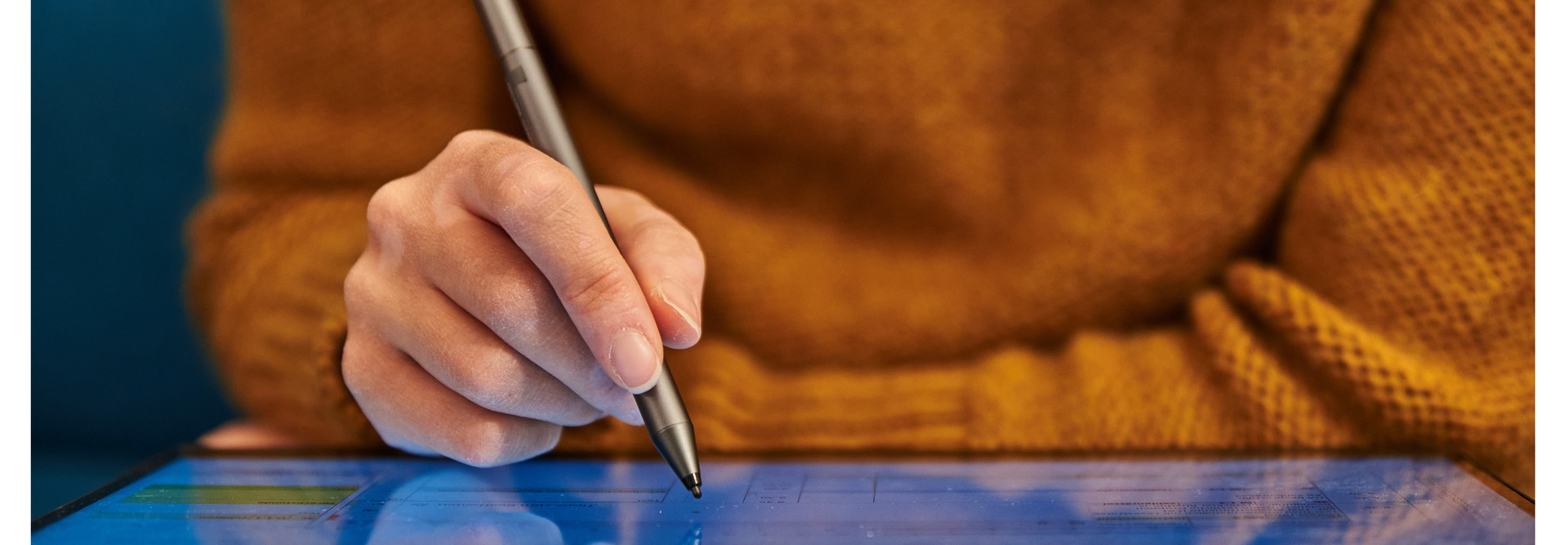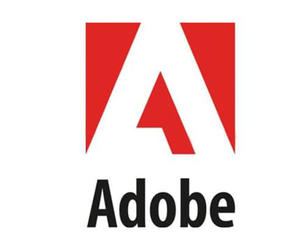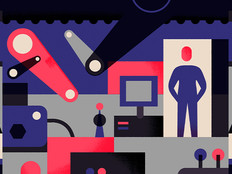Digital Signatures: A Legal, Socially Distanced Way to Sign
Despite the shift to digital technologies in the past decade, more than 60 percent of workflows across all industries are still paper-based, according to a report by Forrester, a global market research company. This has presented additional challenges in the post-COVID-19 era as businesses, government agencies and higher education institutions strive to maintain compliance and security in a touchless and socially distanced world.
As they seek new processes and systems to adapt, many universities are looking into digital signature solutions. Adobe Sign is a cloud-based electronic signature service that eliminates the need for physical paperwork. Its electronic forms enable users to legally sign documents from anywhere and using any device.
While many universities and colleges have made forms digitally accessible, they often require students to submit papers with handwritten signatures. However, e-signatures are now trusted worldwide and carry the same legal status as handwritten signatures under the E-Sign Act and the Uniform Electronic Transactions Act. Digital signatures are now accepted and used in hiring, procurement, finance and the medical industry. Adobe takes several steps to confirm users’ identification and document signatures with signer authentication, intent and consent. Documents are executed in a final proof step that shares completed copies with both parties before storing them in Adobe Document Cloud or another repository of choice. For universities, this offers a paperless and touchless way to handle many back-office functions.
“Users can send, view, manage and legally sign documents anytime from anywhere, including phones and tablets,” says Shouse.
The Key to Higher Ed Business Continuity
The Forrester report also found that 60 percent of surveyed IT and business decision-makers said e-signatures are critical to their business resiliency. A comparable number of respondents also said the pandemic had accelerated the adoption of e-signatures in their organizations.
For higher education institutions, e-signatures have not only reduced hassle for faculty and students, they have also helped cut costs by digitizing and automating workflow, writes Tom Jordan, a solutions architect at the University of Wisconsin-Madison. “No more time-consuming, paper-and-ink signatures. As colleges form remote working strategies for the long haul, the digitizing of paper-based workflows is no longer optional — it’s essential,” writes Jordan.
Many universities — including Stanford University, California State University, the University of Illinois and Marshall University — now enable nearly all student and faculty forms to be completed and signed digitally using Adobe Sign.
MORE ON EDTECH: Learn how to quickly and safely digitize higher ed workflow.
San Diego State University supports a paperless campus, using electronic signatures to process documents faster and more efficiently while maintaining security and compliance. Since adopting Adobe tools, the university has completed more than 12,000 onboarding transactions in a third of the usual time. The university also shortened the time needed to complete complex add/drop class petition processes by 93 percent. “Using Adobe sign, we’re creating a paperless campus, so we can work much more efficiently and make everyday interactions smoother and easier,” says Ed Legaspi, IT consultant at San Diego State University.
According to “The Total Economic Impact of Adobe Sign” study, organizations typically reduce costs by $6 per transaction and realize a 420% return on investment by moving from manual to digital processes.
What’s more, Adobe Sign is ready to go right out of the box. It has prebuilt integrations with collaborative platforms like Box, SharePoint, and Google to make it easy for nearly any user to use e-signatures. With remote learning expected to grow in the coming years, e-signatures and digital documents will continually replace manual workflows in many institutions. “Digital signatures will become more common,” says Shouse. “The pandemic has exposed the challenges of using paper-based processes to operational continuity and instigated a new focus toward investing in digitization technologies.”
Brought to you by:











